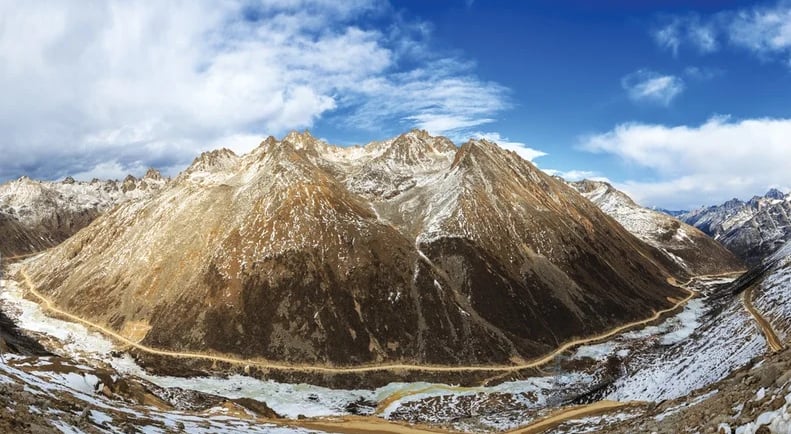The Tibetan Plateau: Earth's Apex During the Last Glacial Maximum


Introduction to the Tibetan Plateau
The Tibetan Plateau, often referred to as the "Roof of the World," stands as the highest plateau on Earth. This remarkable geographic feature spans across the Tibetan region of China and surrounding areas, rising an average of 4,500 meters above sea level. It plays a critical role in influencing the climate and hydrology of Asia, acting as a climatic barrier and a water source for numerous major rivers. During the coldest period in the last 2.5 million years, known as the Last Glacial Maximum, the Tibetan Plateau experienced drastic environmental changes that shaped its current structure.
The Impact of the Last Glacial Maximum
The Last Glacial Maximum lasted from approximately 26,500 to 19,000 years ago, marking a time when global temperatures were significantly lower than today, hovering around 4 to 5 degrees Celsius colder. This dramatic climate shift allowed extensive ice coverage across vast swathes of the Earth, including extensive glaciation of the Tibetan Plateau. The resulting ice sheets transformed the landscape, shaping the current topographical features that we witness today. As glaciers advanced and retreated, they carved valleys and deposited sediments, contributing to the plateau's unique geological makeup.
Climate and Ecosystem Shifts
The climatic conditions during the Last Glacial Maximum not only reshaped the geography of the Tibetan Plateau but also had profound effects on its ecosystems. The cold climates and glaciated terrains prompted a significant alteration in the flora and fauna that could withstand such harsh conditions. The adaptation of species to these extreme climates is a testament to the resilience of life in the face of adverse environmental changes. Today, remnants of these evolutionary processes can be observed as the Tibetan Plateau's ecosystems continue to evolve, shaped by both historical climate patterns and modern environmental challenges.
Conclusion: The Legacy of the Tibetan Plateau
The Tibetan Plateau stands as a natural monument to the Earth’s climatic history, particularly evident during the Last Glacial Maximum. Its impressive altitude and unique characteristics continue to fascinate scientists and explorers alike, reminding us of the Earth's dynamic ecological systems. As global temperatures fluctuate today, understanding the Tibetan Plateau’s past can offer invaluable insights into future climatic shifts and their potential impacts on our planet's environmental landscape. Additionally, the study of this plateau underscores the importance of conserving such critical regions, ensuring they continue to provide vital resources and insights for generations to come.
